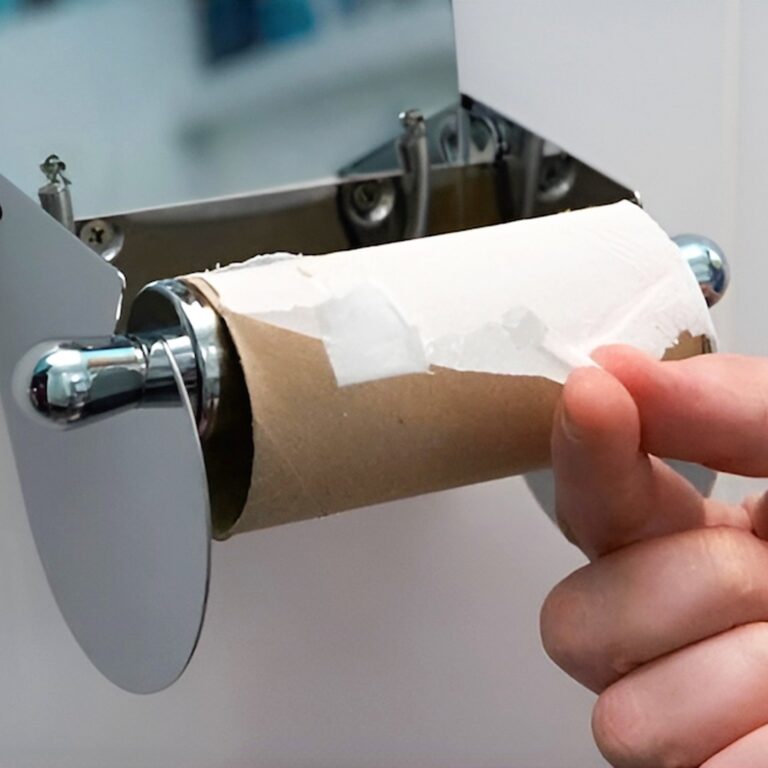Toilet paper will soon disappear: find out what will replace it
We use it every day, without really giving it a second thought. Yet, toilet paper is far from ideal: unhygienic, polluting, and expensive. As attitudes evolve, other, more modern and environmentally friendly solutions are emerging. Between wipes, water jets, and other innovations, a major shift seems to be underway.
Toilet paper: a fake essential?
For decades, toilet paper has reigned supreme in our bathrooms. However, this apparent comfort hides many drawbacks.
A lack of hygiene: Contrary to what one might think, wiping with dry paper isn’t always enough to guarantee optimal cleanliness. It can even promote irritation and infection, especially for sensitive skin.
A worrying ecological impact: Every year, millions of trees are cut down to produce toilet paper, not to mention the liters of water needed to manufacture it. On average, producing a single roll consumes around 140 liters of water!
A significant budget: High-end papers are expensive, while economy versions often lack comfort. This is a recurring expense that, accumulated over a year, can represent a significant cost.
So, what alternatives are available to us for more efficient and environmentally friendly cleaning?
Alternatives for more efficient and eco-friendly cleaning
Wet wipes: a false good idea?
Long reserved for babies, wet wipes are now appealing to adults. Softer and more refreshing than paper, they offer a feeling of enhanced functionality. Some are even enriched with antibacterial agents.
A problem? Their environmental impact. Even biodegradable models dissolve much more slowly than paper, and flushing them down the toilet can cause blockages in the pipes.
An alternative culprit? Opt for washable cloth wipes, reusable after a simple machine wash. A zero-waste solution, much more sustainable!
Japanese toilets: innovation from Asia
If you’ve traveled to Japan, you’ve probably come across these famous high-tech toilets. They use a water jet that completely replaces the use of paper.
Why adopt this technology?
Next Page

